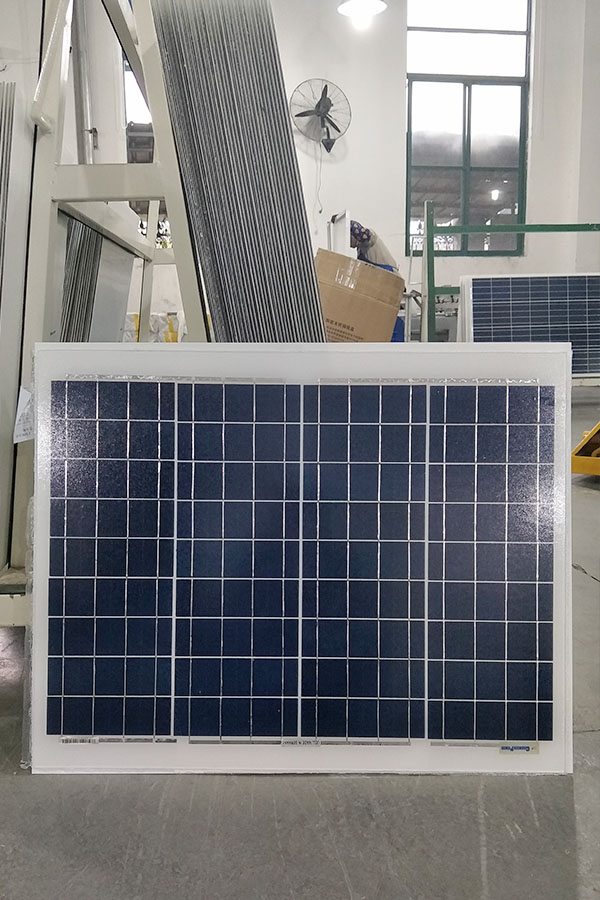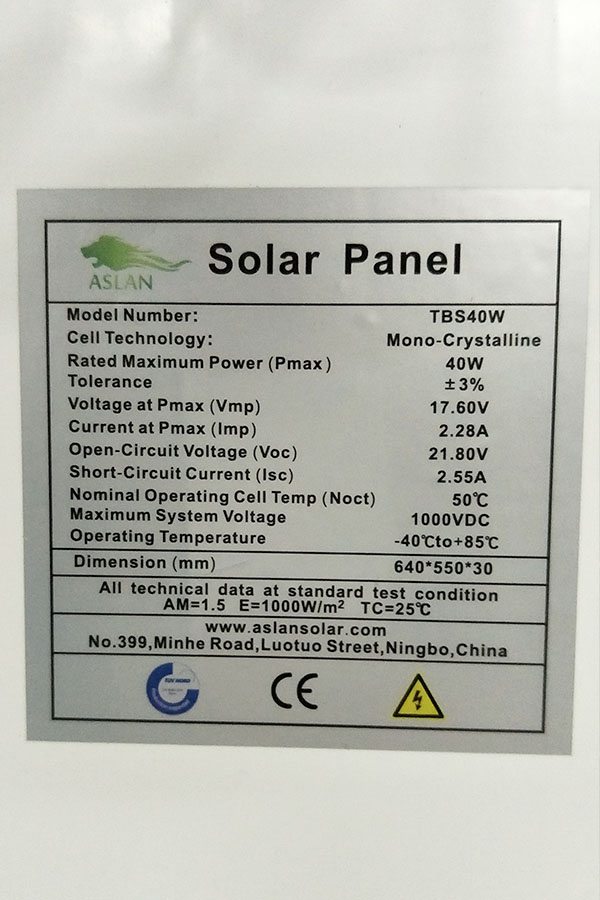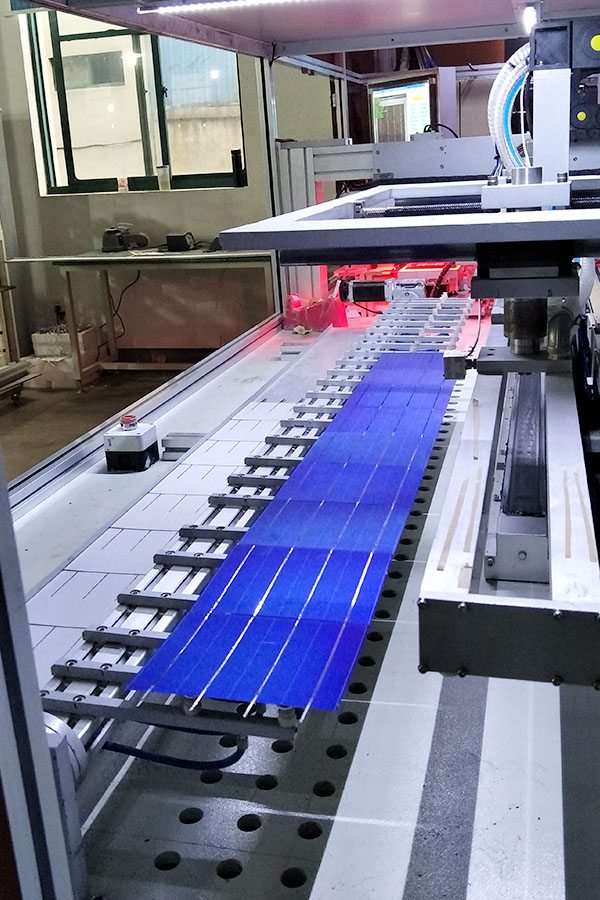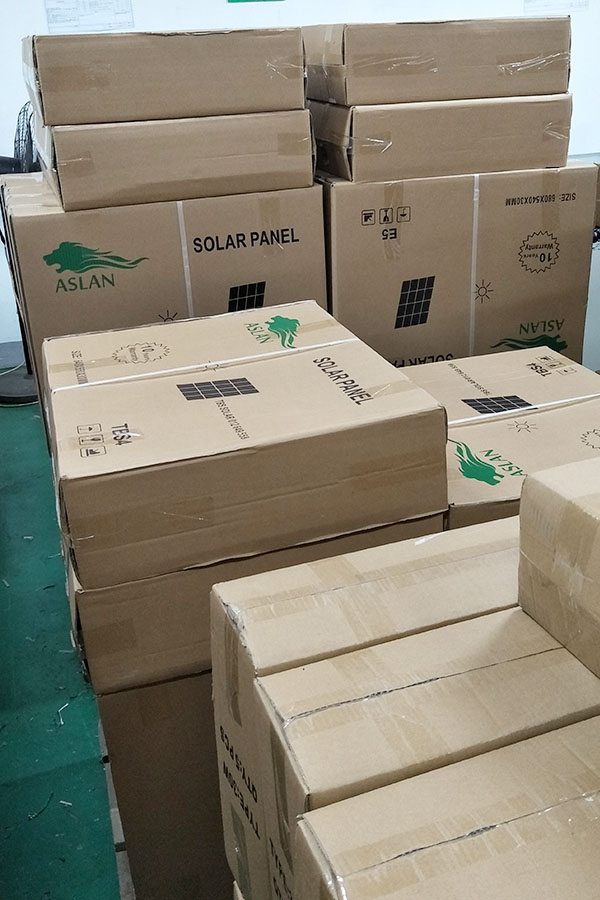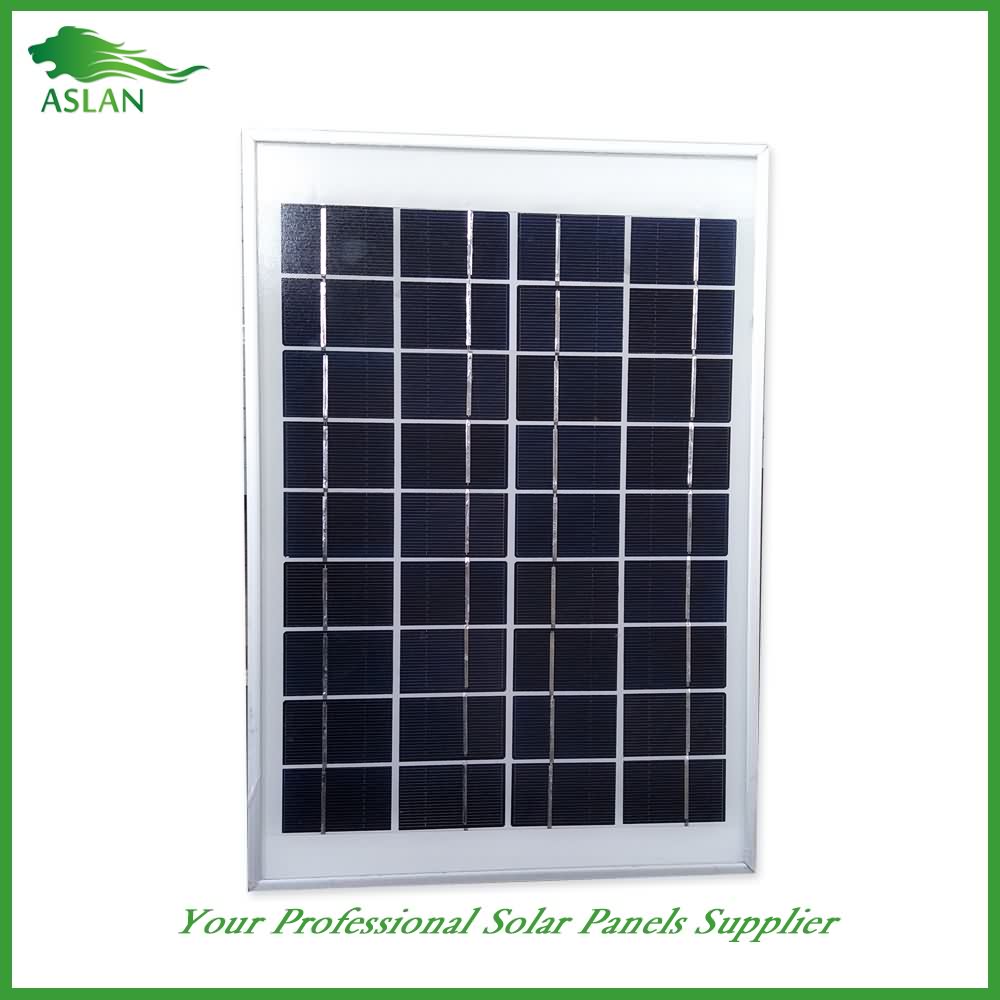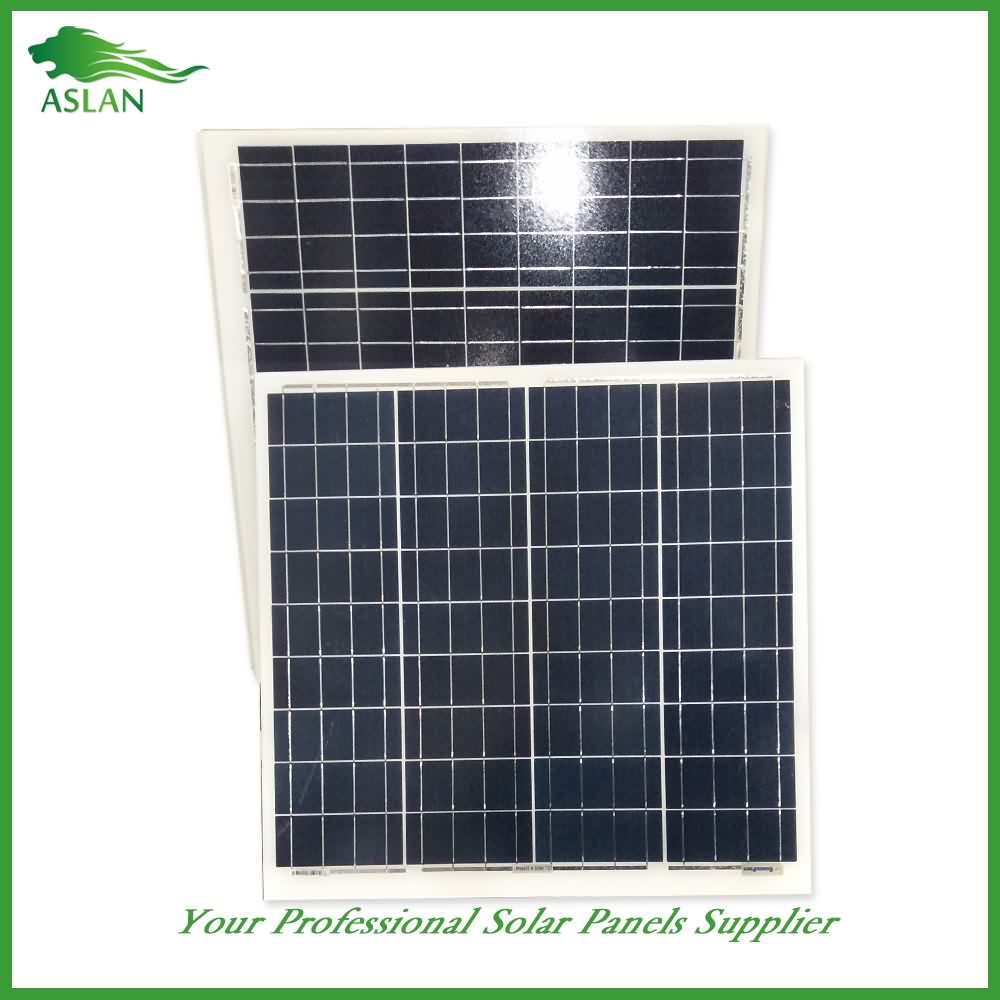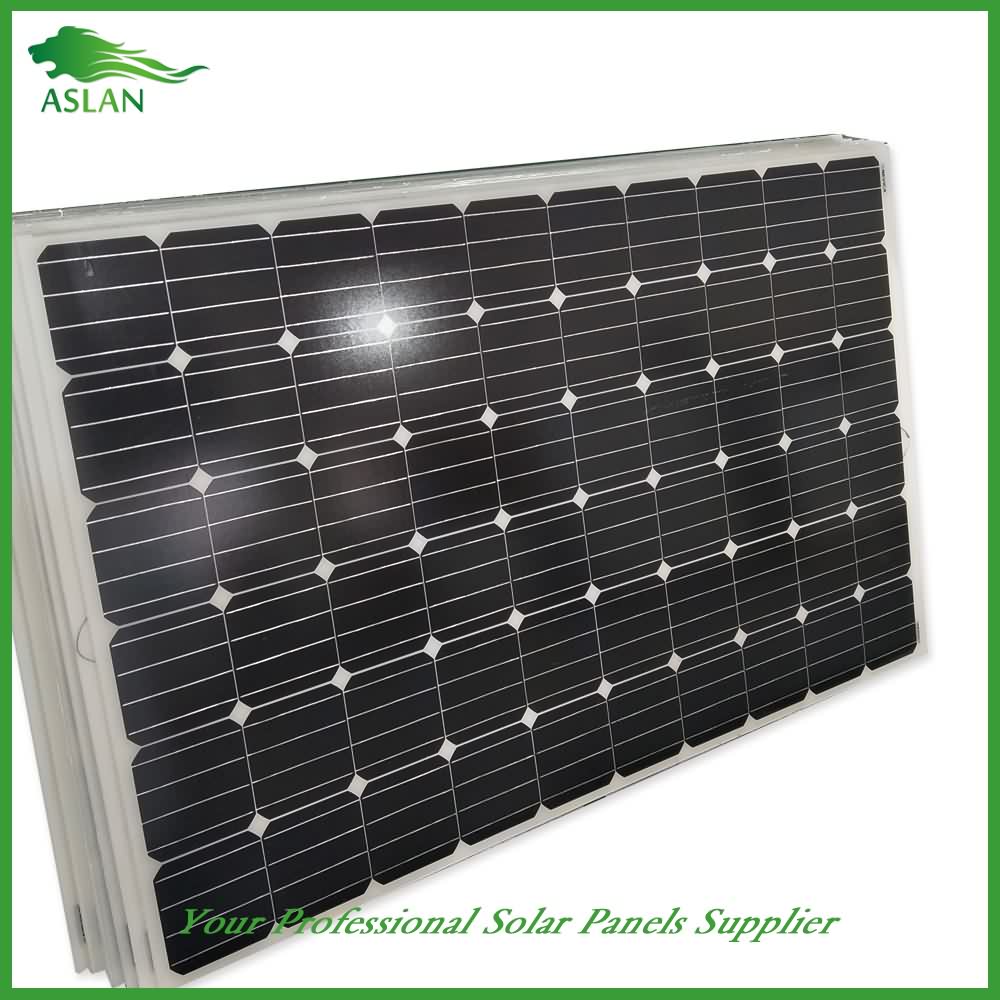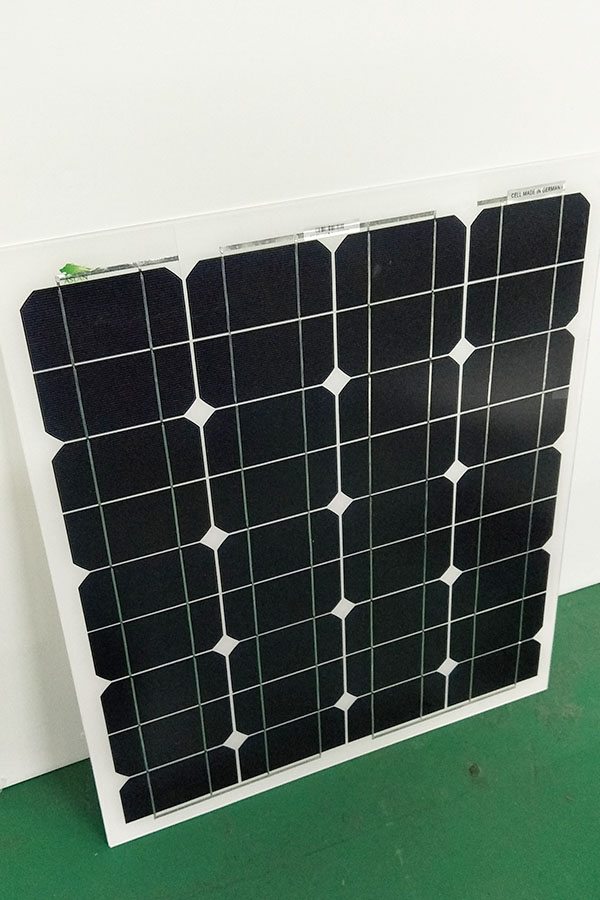24 Years Factory Poly-crystalline Solar Panel 40W Factory in Nicaragua
Short Description:
It adheres to the tenet "Honest, industrious, enterprising, innovative" to develop new products constantly. It regards customers, success as its own success. Let us develop prosperous future hand in hand for 24 Years Factory Poly-crystalline Solar Panel 40W Factory in Nicaragua, We welcome customers, business associations and friends from all parts of the world to contact us and seek cooperation for mutual benefits.
Poly-crystalline Solar Panel 40W
Technical parameter
Maximum Power(W) 40W
Optimum Power Voltage(Vmp) 17.35V
Optimum Operating Current(Imp) 2.31A
Open Circuit Voltage(Voc) 21.16V
Short Circuit Current(Isc) 2.53A
Mechanical Characteristics
Cell Type Polycrystalline 156 x 52mm
No of Cell 36 (4x9pcs)
Dimensions 670x420x30mm
Weight 4.0Kg
Front Glass 3.5mm,High Transmission, Low Iron,Tempered Glass
Junction box IP65 Rated
Output Cable TUV 1×4.0mm2/UL12AWG,Length:900mm
Temperature and Coefficients
Operating Temperature(°C): -40°C ~ + 85°C
Maximum System Voltage: 600V(UL)/1000V(IEC) DC
Maximum Rated Current Series: 15A
Temperature Coefficients of Pmax: -0.47%
Temperature Coefficients of Voc: -0.389%
Temperature Coefficients of Isc: 0.057%
Nominal Operationg Cell Temperature (NOCT): 47+/-2°C
Materials of solar panel
1).Solar Cell——Polycrystalline solar cell 156*52mm
2).Front Glass——-3.2mm, high transmission, low iron, tempered glass
3).EVA——-excellent anti-aging EVA
4).TPT——-TPT hot seal made of flame resistance
5).Frame——anodized aluminum profile
6).Junction Box——-IP65 rated, high quality, with diode protection
Superiority: high quality anodized aluminum frame, high efficiency long life, easy installation, strong wind resistance, strong hail resistance.
Features
1. High cell efficiency with quality silicon materials for long term output stability
2. Strictly quality control ensure the stability and reliability, totally 23 QC procedures
3. High transmittance low iron tempered glass with enhanced stiffness and impact resistance
4. Both Poly-crystalline and Mono-crystalline
5. Excellent performance in harsh weather
6. Outstanding electrical performance under high temperature and low irradiance
Quality assurance testing
Thermal cycling test
Thermal shock test
Thermal/Freezing and high humidity cycling test
Electrical isolation test
Hail impact test
Mechanical, wind and twist loading test
Salt mist test
Light and water-exposure test
Moist carbon dioxide/sulphur dioxide
300 Watt PolycrySatalline Solar power informantion with details and today in this video we know which is best solar panel for our home
https://twitter.com/AsifNizamani3
https://web.facebook.com/kaizee.kaizee.1
https://plus.google.com/u/0/b/102434697837014441926/100026742913801455275?pageId=102434697837014441926&pageId=107628870371776986826
These devices are sometimes referred to as solar motors or thermal motors, or even thermal retraction motors. Sunlight hitting the strips is converted into thermal energy (heat) which then causes the rotor to turn without any electrical or other mechanical parts. The use of the term “free energy” in this context means that this device is converting energy that is “freely” supplied by our sun and is not meant to suggest that it violates any laws of thermodynamics, or that it is creating energy. Sunlight, wind, geothermal and damming water can all be thought of as deriving energy from “free” sources.
The earliest versions of these types of motors used rubber bands as the ribs. The movement of this motor is dependent on the unique property of the stretched trash bag strips. These strips are made from a plastic material called polyethylene. This chemical is a common example of a polymer. One of its characteristics is that it is made of very long molecular chains. Thin strips were cut out of a trash bag parallel to the top of the bag and then pulled, stretching the plastic about 5 times it’s original length. The long polymer molecules are stretched to their elastic limit during the stretching process. If more force is applied, these long chains are broken when the plastic tears apart. When heating the strips, the polymer molecule chains contract, pulling the molecules closer together in a process called thermal retraction. They do not expand due to cooling as some students may suggest. The action of the polyethylene retracting or shrinking is quite different from a uniform expansion of matter as a result of kinetic energy. As this plastic is heated temporarily, the material pulls tighter and shrinks to a smaller size. The plastic remains “shrunken” until pressure is applied to stretch the molecular chains out again.
The movement of the motor is due to the materials at the top of the cup assembly contracting slightly; this action is pulling the cups together at the top. The action is not noticeable since it is so slight. It is noticeable if the plastic is heated sufficiently but too much heat may damage the rotor . As the cups are pulled together, the assembly becomes unbalanced. The motor is now top heavy and starts to turn and fall toward the bottom. As the assembly turns, a new section is then exposed to light and is heated. This new spot becomes top heavy causing this section to fall. The action is continually repeated making the top section always unbalanced; the cups are constantly trying to adjust to become balanced. The end result is the motor turning because it is trying to right itself. The highest speed for the cups in direct summer sunlight seems to top out around 65 RPMs.
The addition of mass to the flywheel directions has some benefits and drawbacks. This addition can make the cup more efficient, but it will not make it spin faster. The “good news” is that adding mass to the flywheel can enable this tiny motor to perform small tasks, however, it does not make it efficient enough that it can turn a small generator. This design simply does not generate torque to do so.
The “bad news” is that as more mass is added to the flywheel, it becomes more finicky and will require more adjustments for balancing.
Other videos are in the works so please subscribe and if you like what you see, let me know. Thanks
Homemade science is a collection of classroom tested ideas, suggestions, projects, and experiments that I have used in teaching physical science for the Annville-Cleona school district in central Pennsylvania. I am currently in my 40th year of teaching. My intention is to share these ideas with other teachers or anyone who has an interest in science. I have found that designing and building my own equipment has taught me more than any course that I have ever taken. I hope that you consider making or trying these experiments for yourself.
